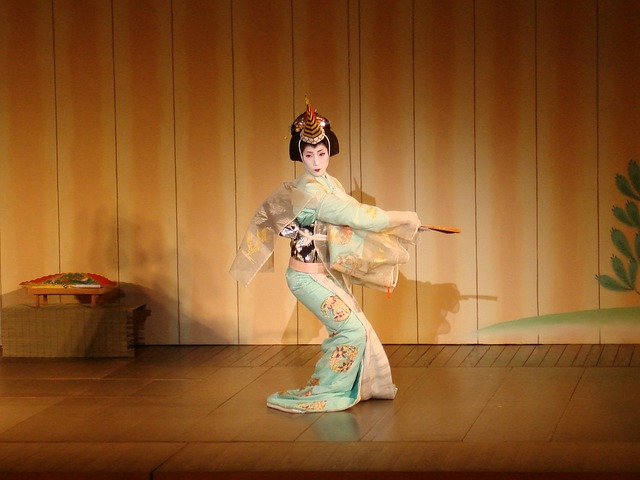Japanese Geisha hairstyles
September 18, 2019
Thinking about the mysteries of the Orient, and your mind will adequately show you the image of a Japanese geisha. Whiteface, red lips and elaborate hairstyle are iconic of the geisha. When a young Japanese girl has plans on becoming a geisha, she must grow her hair long. She will then get it styled by a professional stylist. As time goes and she ascends the ranks of geisha, she will change the hairstyles with every level she gains.
Wareshinobu
- Before becoming a geisha, the young woman starts as a maiko, and she will wear a hairstyle called the Wareshinobu. The hair is twisted into a bun that rests on the top of the head. The remaining hair is turned into a knot at the maiko's neck. The bun is then tucked under and into the top bun. It is one of the most complicated hairstyles, and the Wwareshinobu is easy to recognize. It has red ribbons woven through the bun, at the top of the head and then down through the base knot. The Japanese word for the ribbon is "Kanoko"--ka-no-ko which means “child of deer.” A maiko will wear this hairstyle for three years. For everyday wear, it is decorated with elements particular to the season or month.
Ofuku
- After three years or after she turns 18 the maiko will change hairstyle into the Ofuko. While it might look similar to the Wareshinobu, there are different. The hair is being arranged more fully at the sides, and the neck. The hair is now pinned up to where it meets the top bun. A triangular-shaped cloth is attached to the hair instead of the red ribbon that was woven into the hair. This style is worn throughout the rest of her apprenticeship. She is however permitted to wear the Katsuyama or Yakko-shimada hairstyles for special events.
Katsuyama/Sokuhatsu
- Traditions state that as the Maiko ascends the ranks to senior status, she will take on the Kkatsyuama style. The hair is arranged starting low on the forehead and continuing around the head of The top bun arises out of the hair and will be angled down toward the back of the head. During July it is worn with special abdomens to celebrate the festivals that are at the time of the year. The Sokuhatsu hairstyle, made famous by Charles Dana Gibson, has replaced the Katsuyama many places. The Sokuhatsu is decorated with an exclusive pink and silver decoration put in the center of the bun. A ribbon made of red silk with gold and silver pattern is woven around the base and center of the hair.
Yakko-Shimada
- As time goes and the maiko reaches the highest level, she will wear the Yakko-shimada when celebrating for New Year and for celebrating the arrival of spring. In this hairstyle, the hair is arranged to start low on the forehead and continuing around the maiko's head. The back bun is a series of three intricate rolls of hair. The bun will be decorated with ribbon in color blue or pink. For the spring celebration, you will often see a blue and pink windmill is added for adornment.
Sakkou
- At this time the Erikae O Suru ceremony takes place and will turn the apprentice geisha(maiko) into a full-fledged geisha. Approximately two weeks before the end of the apprenticeship this ceremony will take place. For the ceremony, the maiko adopts a hairstyle known as the Sakkou. For this style, the hair is twisted and looped around it’s pinned to the top of the head. A small ponytail will be dangling out of the bun. The hair will be decorated accordingly to the month and season. The Sakkou will have a silver or gold crane, tortoiseshell decorations and red ribbons woven through the bun with silver ribbons at the back.

